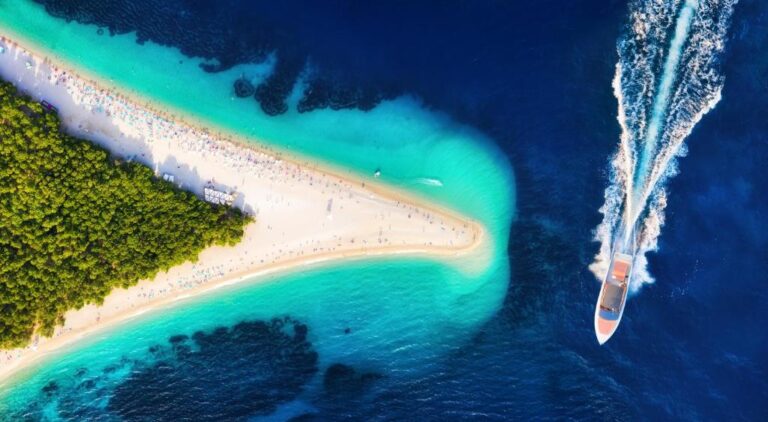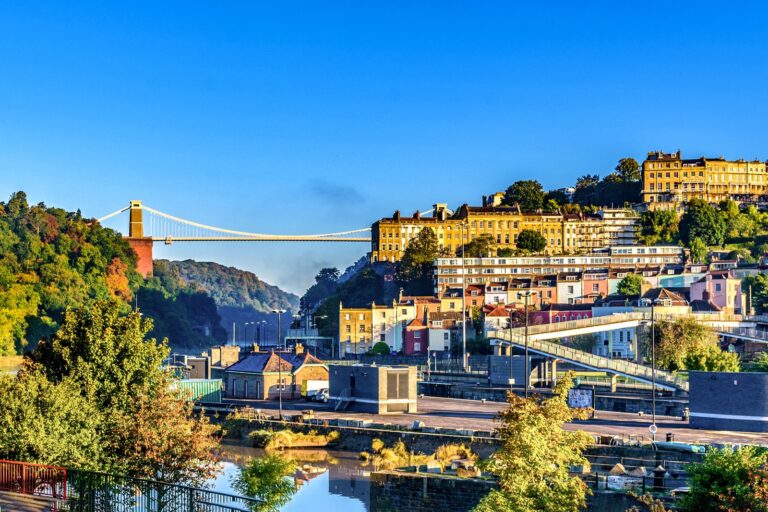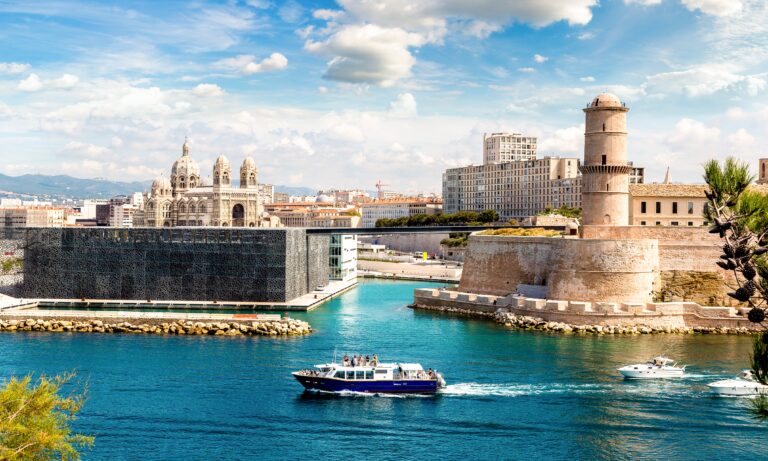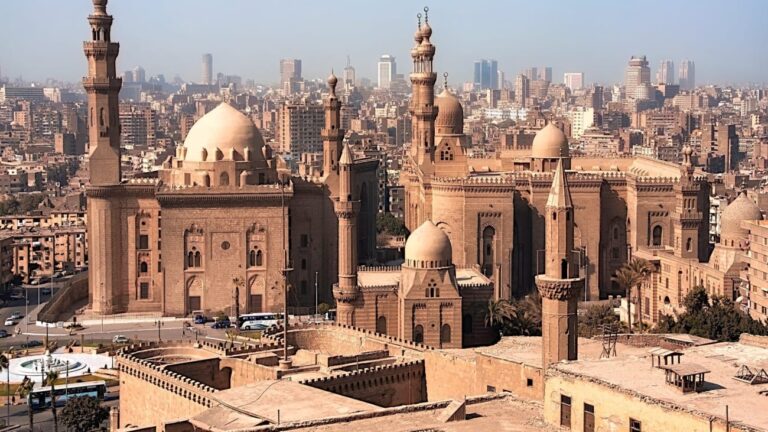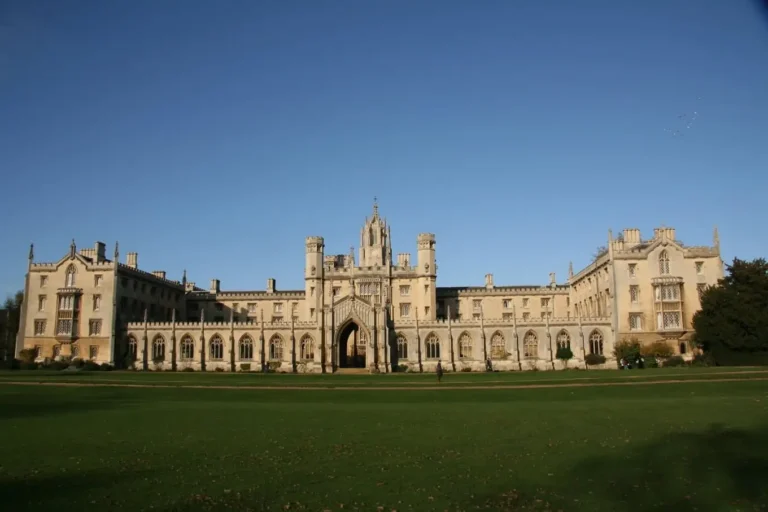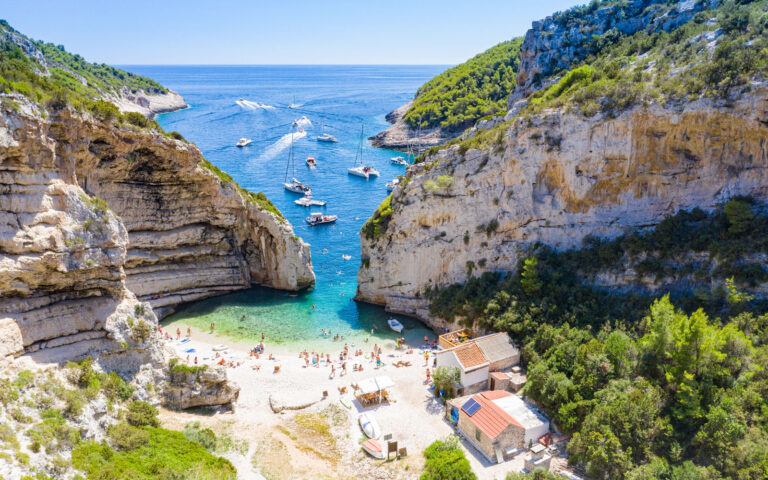Malawi
Exploring the Enchanting Beauty of Malawi: A Hidden Gem in Southern Africa
Introduction:
Welcome to Malawi, a captivating country nestled in the heart of Southern Africa. With its awe-inspiring landscapes, vibrant culture, and warm-hearted people, this hidden gem has much to offer the intrepid traveler. In this comprehensive travel guide, we will delve into the appeal of Malawi, from its breathtaking natural wonders to its rich cultural heritage. Join us on this virtual journey as we explore the best this remarkable country has to offer.
- Location and Climate:
Situated in southeastern Africa, Malawi is bordered by Tanzania to the north, Mozambique to the east and south, and Zambia to the west. The country is blessed with a tropical climate, making it a year-round destination for travelers seeking pleasant weather.
The average annual temperature in Malawi ranges from 77°F (25°C) to 86°F (30°C) during the day, while at night, temperatures can drop to around 59°F (15°C) in the cooler months. The dry season, from May to October, offers slightly cooler temperatures, making it an ideal time to explore the country’s natural beauty.
- Natural Splendors and Wildlife:
Malawi is known as the “Warm Heart of Africa” for its welcoming people and the mesmerizing beauty of its natural landscapes. The country boasts an abundance of breathtaking scenery, including serene freshwater lakes, lush highlands, and diverse wildlife.
Lake Malawi, the country’s most iconic feature, is an expansive body of water that stretches over 350 miles (560 kilometers) along Malawi’s eastern border. With its crystal-clear waters and sandy beaches, Lake Malawi provides a haven for water sports enthusiasts, including snorkeling, diving, kayaking, and fishing. The water temperature hovers around a delightful 77°F (25°C), making it perfect for a refreshing swim.
- Cuisine and Dining:
Malawian cuisine reflects the country’s cultural diversity and incorporates a variety of flavors and influences. Staple foods include nsima (a maize porridge) and ndiwo (a sauce made from vegetables, fish, or meat). These dishes are often accompanied by tasty side dishes such as chambo (a local fish), beans, and a variety of vegetables.
When dining out in Malawi, you’ll find a range of options, from street food stalls serving flavorful local dishes to upscale restaurants offering international cuisine. Prices for food vary depending on the establishment, with street food being the most budget-friendly option, usually costing around $2-4 per meal. In restaurants, expect to pay $8-15 for a mid-range meal, and up to $30 for a more upscale dining experience.
- Accommodation and Hotels:
Malawi offers a range of accommodation options to suit every traveler’s needs, from budget-friendly guesthouses to luxury resorts. Here are a few of the best hotels in the country:
a) Latitude 13° (Lilongwe): Located in the capital city, Latitude 13° is a boutique hotel that combines contemporary design with warm hospitality. With luxurious rooms, a rooftop bar, and a pool surrounded by lush gardens, it offers a stylish and comfortable stay.
b) Kumbali Country Lodge (Lilongwe): Nestled in a peaceful countryside setting, Kumbali Country Lodge provides a tranquil escape. The lodge features spacious rooms, a farm-to-table restaurant serving delicious cuisine, and a swimming pool overlooking picturesque gardens.
c) Pumulani Lodge (Lake Malawi): Situated on the pristine shores of Lake Malawi, Pumulani Lodge offers a luxurious retreat amidst breathtaking surroundings. With its spacious villas, infinity pool, and stunning views, it’s the perfect place to unwind and enjoy the beauty of the lake.
Prices for accommodation in Malawi vary depending on the location and the level of luxury. Budget guesthouses and lodges typically range from $20-60 per night, while mid-range hotels and lodges can cost between $80-150 per night. High-end resorts and lodges can go up to $300 or more per night.
- Architectural Marvels:
Malawi showcases a fascinating blend of architectural styles, ranging from traditional African designs to colonial influences. The main types of architecture you’ll encounter include:
a) Traditional African Architecture: Traditional Malawian architecture is characterized by mud and thatch structures, reflecting the indigenous building techniques of the local communities. These structures often have conical or rectangular shapes and are adorned with vibrant decorations.
b) Colonial Architecture: With its history as a former British colony, Malawi boasts several examples of colonial architecture, particularly in cities like Zomba and Blantyre. Colonial buildings are often characterized by their Victorian and Edwardian styles, featuring grand facades, large verandas, and intricate details.
c) Contemporary Architecture: In recent years, Malawi has seen an emergence of contemporary architectural designs, particularly in urban areas. Modern buildings with sleek lines and innovative designs can be found in major cities like Lilongwe and Blantyre, reflecting the country’s evolving urban landscape.
- Cultural Heritage and Landmarks:
Malawi is rich in cultural heritage, and there are numerous cultural spots that offer a glimpse into the country’s history and traditions. Some of the must-visit cultural landmarks include:
a) The Museum of Malawi (Blantyre): Located in the commercial capital of Malawi, the Museum of Malawi showcases a comprehensive collection of artifacts and exhibits, including archaeological findings, traditional crafts, and historical artifacts that depict the nation’s heritage.
b) Livingstonia Mission (Northern Malawi): Founded by Scottish missionaries, Livingstonia Mission is a historic site nestled on the shores of Lake Malawi. It features stunning stone architecture, including the iconic Stone House and the Church of St. Michael and All Angels.
c) Dedza Pottery (Dedza): Situated in the Dedza district, Dedza Pottery is renowned for its vibrant hand-painted ceramics. Visitors can witness the pottery-making process, purchase unique souvenirs, and even try their hand at creating their own masterpiece.
- Best Time to Visit:
The best time to visit Malawi largely depends on your preferences and the activities you plan to undertake. The dry season, from May to October, is generally considered the ideal time for wildlife viewing, as animals gather around water sources. During this period, temperatures are comfortable, ranging from 75°F (24°C) to 82°F (28°C) during the day.
For those interested in birdwatching, the rainy season (November to April) offers a unique opportunity to witness the arrival of migratory birds. However, it’s important to note that some roads and remote areas may become inaccessible during this time due to heavy rainfall.
- Nearby Points of Interest:
While exploring Malawi, don’t miss the opportunity to visit some of the country’s neighboring attractions:
a) South Luangwa National Park (Zambia): Located just across the border from Malawi, South Luangwa National Park is one of Africa’s premier wildlife destinations. It offers exceptional game drives, walking safaris, and opportunities to spot elephants, lions, leopards, and more.
b) Majete Wildlife Reserve (Malawi): Situated in southern Malawi, Majete Wildlife Reserve is a conservation success story. Once depleted of wildlife, it has been successfully restored and now offers thrilling game drives, walking safaris, and boat trips along the Shire River.
c) Mulanje Massif (Malawi): Towering over
the landscape, the Mulanje Massif is a granite mountain range that beckons adventurous souls. Hiking trails of varying difficulty lead visitors through dense forests, crystal-clear streams, and awe-inspiring viewpoints.
- Interesting Facts:
Here are some additional fascinating facts about Malawi:
- Malawi is home to Lake Malawi, the third-largest lake in Africa and one of the deepest in the world.
- The country’s official language is English, with Chichewa being widely spoken.
- Malawi is renowned for its friendliness and warm hospitality, earning its nickname as the “Warm Heart of Africa.”
- The country is known for its vibrant music scene, with genres like Malawian hip-hop, reggae, and traditional music gaining popularity.
- Malawi’s diverse wildlife includes elephants, lions, leopards, rhinos, and a vast array of bird species.
- How to Travel to Malawi:
Traveling to Malawi is relatively easy, with several options available:
a) By Air: The main international airport in Malawi is Lilongwe’s Kamuzu International Airport (LLW) and Chileka International Airport (BLZ) in Blantyre. Several airlines operate flights to and from major cities in Africa and beyond.
b) Overland: Malawi is easily accessible from neighboring countries. Border crossings are available from Tanzania, Mozambique, and Zambia, allowing travelers to enter by road.
c) Public Transportation: Once in Malawi, various modes of public transportation, such as buses and minibusses, connect major cities and towns. Taxis and car rentals are also available for more flexibility.
Conclusion:
Malawi, with its stunning natural landscapes, warm people, and vibrant culture, offers a truly unforgettable travel experience. From the pristine waters of Lake Malawi to the captivating wildlife encounters, this hidden gem in Southern Africa has something for every explorer. Whether you’re seeking adventure, relaxation, or cultural immersion, Malawi will captivate your heart and leave you yearning for more. So pack your bags and embark on a journey to discover the enchanting beauty of Malawi, the Warm Heart of Africa.

